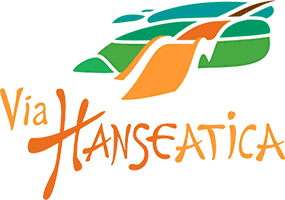Jõgeva- and Tartu County
Jõgeva- and Tartu County share culinary traditions because a large part of Jõgeva County belonged to the historical Tartu County before World War II. Inland food culture is characterised by a variety of loans from Lake Peipus region, Mulgi region and Southern Estonia, but it is the area on the shore of Lake Peipus which is especially remarkable on the food map of Estonia. Its culinary culture is a melting pot of the elements of numerous cuisines: that of Estonians, Russians, Votes, poluverniks (“half-believers” of Iisaku parish), Setos, Russian Old Believers and Baltic Germans. Moreover, there is a reason for this area to be nicknamed “the pantry of Estonia”. The lake gives fish, the lakeside soil is good for growing vegetables, especially onions and cucumbers; the surrounding woods are rich with berries and mushrooms. The region is bustling with hard-working small-scale producers, including beekeepers and winemakers. The products made in these parts and the rest of the country by small-scale producers can be conveniently purchased at the farm market in Lõunakeskus shopping centre in Tartu. Jõgeva County and Tartu County also host a row of food events famous all over Estonia: for example, in the summer there is Tartu Food and Wine Festival to drive foodies crazy while you can enjoy and stock onsummer and autumn produce at KuremaaGarlic Festival and Paunverefair. A variety of local dishes can be found during the buffet festival on the Onion Route. And if you like pottering in the garden, Jõgeva plant breeders have just the right tomato and pea varieties for our climate.
All regions





